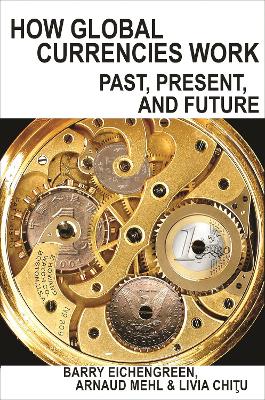
How Global Currencies Work: Past, Present, and Future
(Paperback)
Available Formats
Publishing Details
How Global Currencies Work: Past, Present, and Future
By (Author) Barry Eichengreen
By (author) Arnaud Mehl
By (author) Livia Chitu
Princeton University Press
Princeton University Press
7th May 2019
United States
Classifications
Tertiary Education
Non Fiction
Finance and the finance industry
Public international law: economic and trade
Economic history
International relations
332.042
Physical Properties
Paperback
272
Width 156mm, Height 235mm
Description
A powerful new understanding of global currency trends, including the rise of the Chinese yuan At first glance, the history of the modern global economy seems to support the long-held view that the currency of the world's leading power invariably dominates international trade and finance. But in How Global Currencies Work, three noted economists
Reviews
An ambitious title that delivers fascinating analysis on the rise and fall of international currencies in the 20th century with some educated suggestions about their trajectories in the 21st.Christopher Smart, Project Syndicate
An excellent introduction to the history of international reserve currencies over the past two centuries. . . . [C]ompulsory reading.Richard Parlour, Central Banking Journal
This eloquent and learned book will become the standardperhaps one should say the gold standardfor discussions of international currency regimes, and for the analysis of the uncertainties that accompany changing global leadership.Harold James, Princeton University
Author Bio
Barry Eichengreen is the George C. Pardee and Helen N. Pardee Professor of Economics and Political Science at the University of California, Berkeley. Arnaud Mehl is principal economist at the European Central Bank. Livia Chiu is an economist at the European Central Bank.
